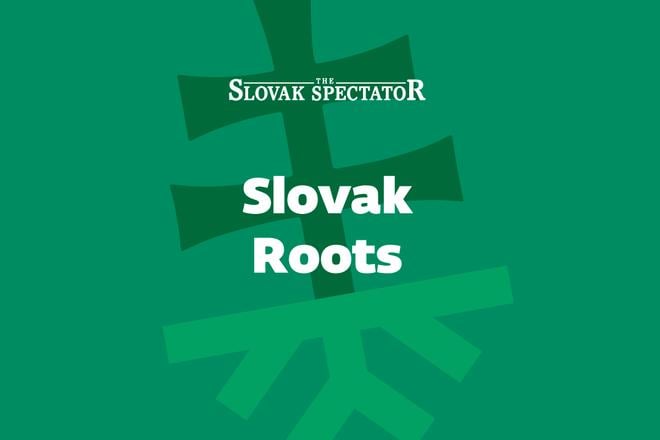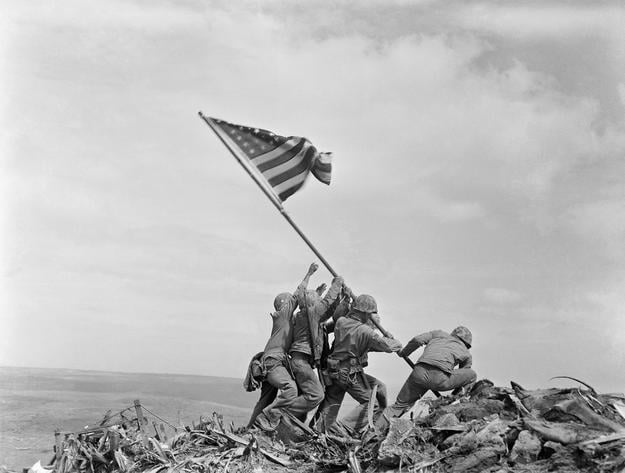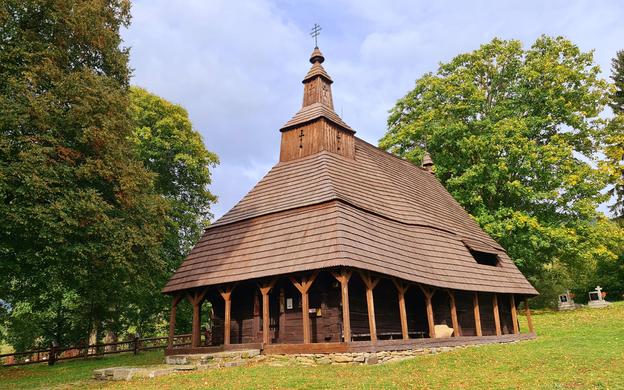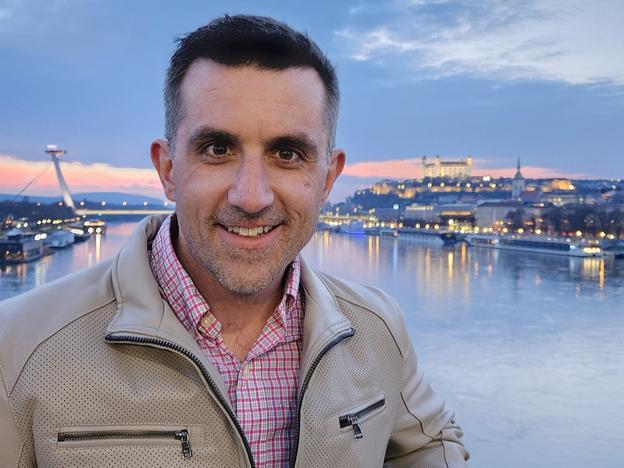You can read this exclusive content thanks to the FALATH & PARTNERS law firm, which assists American people with Slovak roots in obtaining Slovak citizenship and reconnecting them with the land of their ancestors.
Welcome Slovak rooters,
we proudly bring you the second edition of The Slovak Spectator's monthly newsletter, Slovak Roots, dedicated to the community of people with ties to Slovakia, be it distant family that left the country long ago or just because they love it.
In this edition, you will find an account of a long unknown Slovak native who took part in an important battle during WW2, travel guide about the beautiful Poloniny area, as well as the story of an American who is discovering his Slovak ancestors and is proud of it.
In order to not miss a single edition of the newsletter, you can sign up right here.
From small village to iconic photo
We open this newsletter with an iconic WW2 photo depicting American soldiers raising the US flag on the island of Iwo Jima in early 1945.
It was not known until 2008 that among the six battle hardened men in the picture was Michael Strank, a Slovak native in the service of the US Armed Forces. He was born in 1919 in northeastern Slovakia and moved to the US where he was naturalised and became a citizen in 1935.
In this interview with historian Martin Posch, from the Institute of History of the Slovak Academy of Sciences, we delve into Strank's journey, including where he came from and how he found himself on the famous battlefield, as well as its historical context in war.
Unfortunately, Strank did not live to see the end of fighting. He was killed in action a few days later after the picture was taken. He was buried in the Arlington National Cemetery.
Discover Poloniny
Our colleague Jozef Ryník is continuing his visit of regions of eastern Slovakia, from where thousands emigrated. This time he travelled to Poloniny, the north-easternmost area and national park of the country, where Slovakia ends.
The area is famous for its primeval forests, mountain meadows, bison, wolves, and complete darkness which allows for stunning views of the night sky, something rarely found these days. Some parts of the area are on the UNESCO World Heritage List.
But unless visitors from abroad or western Slovakia have a car, it may be a challenge to reach the national park and villages nestled in it. Even locals admit that, which makes developing tourism more difficult. Still, the individuals Ryník talked to on his trip are proof that things can change for the better if there is a will to do so.
For example, Ján Holinka, the mayor of Ulič, believes that Slovak people can learn a lot about tourism from the Poles. For starters, where the former talk about reviving tourism, the latter actually makes things happen. Also, local entrepreneurs have established themselves and their products have caught on the market.
Whether the Poloniny area has been on your radar or not, be sure to check out this story on what to see there, including a visit to a beech forest offering an unforgettable experience, stargazing, and horse-riding.
Unofficial ambassador
When The Slovak Spectator spoke with him online, he pretty much opened the conversation with two near perfect Slovak sentences, underscored with an American accent.
One does not usually come across a foreigner as interesting in and devoted to learning Slovak as Joshua Datko, a third-generation Slovak born in Pennsylvania, US. One of the things that spurs him to learn more is the friendly and encouraging encounters with native Slovaks who smile and ask questions. He has already visited the village of his great-grandparents.
"I feel like when I'm learning Slovak, people are much more appreciative when you are learning the language," Datko says.
His love for learning the language has resulted in a side project, the company Tatra Tales that imports Slovak books to the US. He believes that there are other people like him who want to learn and that books might be a good way of doing so.
In addition to Slovak books, he is also fond of other items of Slovak origin; as a amateur competitive shooter he wields a Slovak gun and also wears a Slovak watch.
"I guess I feel almost like an unofficial ambassador," he jokingly says.
Joshua Datko is one more member of the Slovak diaspora in the US, whose interest in their ancestry has been ignited by the amendment to Slovakia’s Citizenship Act. This allowed, among other things, ra euniting of families separated by time and distance. In this opinion piece, Zuzana Palovic, who herself played a part in the endeavour, writes that Slovakia is becoming an attractive destination for Americans who want to learn about their heritage.
A selection of feature stories published by The Slovak Spectator that we recommend reading:
Slovaks absolutely love ice hockey. Every year usually in May, thousands gather around their TVs to watch the World Championship. Here is a selection of words you might want to learn.
One of the most important 20th century artists, Andy Warhol, has Ruthenian roots; his parents came from eastern Slovakia. Not much is known about the origins of the minority.
Cats in cute costumes, in water, or eating food. You probably have seen such videos and pictures. While they may look funny to us, this Slovak cat behaviour researcher points out that often content like this may be problematic.
For four years, this German wanted to go to Slovakia and there expand the operation of an insurance company he was working for. His dream came true in 2015 and he never looked back.
At the beginning of May, two Slovak women made history; they climbed the world's highest peak. One managed it even without supplementary oxygen, thus becoming the 10th woman in history to do so.
Due to its location, Bratislava has always been a crossroads of many nationalities, as evidenced by its many names. Italians, Croats, Spaniards, even Indians left a mark on the city. Learn how in this story.
Would you like to share your story with us? Did you enjoy the newsletter? I would love to hear your thoughts, questions and feedback: matus.beno@spectator.sk or spectator@spectator.sk.


 (source: Hej, ty!)
(source: Hej, ty!)
 The iconic WW2 photograph taken in February 23, 1945 on Mount Suribachi. Michael Strank is barely visible between the second and third soldier from left. (source: Joe Rosenthal/WIKIMEDIA CC)
The iconic WW2 photograph taken in February 23, 1945 on Mount Suribachi. Michael Strank is barely visible between the second and third soldier from left. (source: Joe Rosenthal/WIKIMEDIA CC)
 Wooden church in Topoľa (source: Courtesy of Spectacular Slovakia Travel Guide)
Wooden church in Topoľa (source: Courtesy of Spectacular Slovakia Travel Guide)
 Joshua Datko in Bratislava. (source: Archive of J. D.)
Joshua Datko in Bratislava. (source: Archive of J. D.)